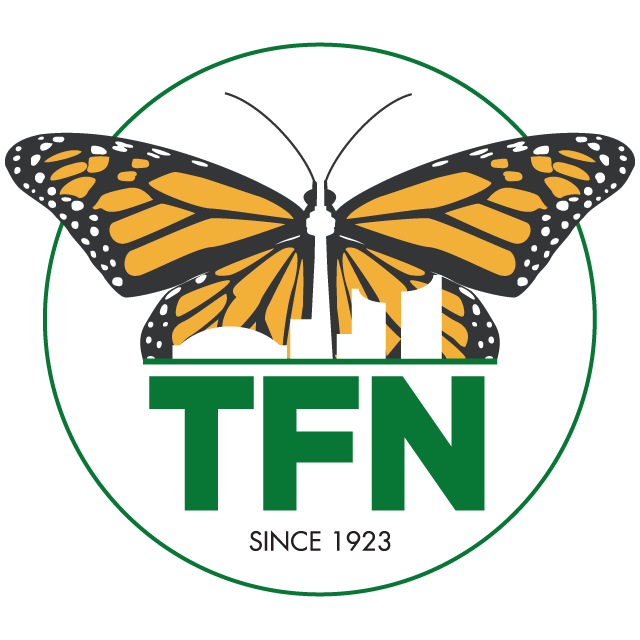Tick populations are expanding in Toronto. Back in 2013, the City’s tick dragging efforts found only a single blacklegged (deer) tick and it tested negative for Borrelia bacteria, the cause of Lyme Disease. 2019 results now show blacklegged ticks present in many of our ravines & natural areas. Colonel Danforth Trail is of particular concern, with some 56 blacklegged ticks found in 2018, with over 30% of these testing positive for the bacteria.
The need to take precautions against tick bites is now an unfortunate reality for all of us.
Avoiding contact
These arachnids cannot fly or jump, so exposure is largely limited to incidental physical contact. Walking through long grasses is the most common way to pick up a tick, but exposure is also possible from shrubs, wildflowers, and all manner of plant. Staying on official trails and avoiding contact with greenery is the best first step in preventing tick bites.
Ticks have a preference for moist and humid environments, so if you do need to run the risk of exposure, keep this in mind.
Reduce Exposed Skin
To help reduce the chance of exposure, anything you can do to limit access to exposed skin is helpful. Wear closed-toe shoes. Tuck your pant legs in to your socks or boots. Tuck your shirt in to your pants. Consider wearing long-sleeved shirts. Make the journey to exposed skin as long and as difficult as you can. Ticks are very, very small, and the longer it takes them to find a good place to nestle in the more time you have to find them and remove them before a bite occurs.
Insect Repellent
Products containing DEET, icaridin, or permethrin are accepted to effectively repels ticks. Always follow the product directions as carefully as possible, paying very close attention to recommendations related to use on children.
Some natural alternatives, like oil of lemon eucalyptus (OLE), are also believed to be effective. Your mileage may vary.
As noted above, permethrin is said to effectively repels ticks. A range of permethrin-treated clothing options exist and are available for retail purchase. Worth a try? Certainly.
Tick Check & Removal
Once a tick has “climbed on board” they will generally take several hours, even as long as a day, to select a spot before biting you. Showering within a few hours of leaving the field can be an easy way to rid yourself of these unwanted pests. After, run a “tick check” by looking yourself over carefully, prioritizing your hair line (especially behind the ears), armpits, and pubic area. As ticks can be really tiny, consider using a magnifying glass to provide some peace of mind.
If you have been bitten, do note that transmission of Lyme Disease takes several hours. If you remove the tick early enough there’s little to worry about. Don’t just grab it and pull! First, you’ll quickly learn that dislodging a tick is next to impossible by sheer force alone. Second, should you manage to remove it, there is a chance you’ll leave tick parts behind which can lead to infection. Here’s some information on proper removal techniques:
Once the tick has been removed, we strongly encourage you to bring the tick to your doctor, have them examine the bite, and request that the tick be sent to public health authorities for Lyme Disease testing. Aside from potentially determining whether the tick that you encountered carried Borrelia bacteria, such testing is vital to tracking overall tick distribution.

